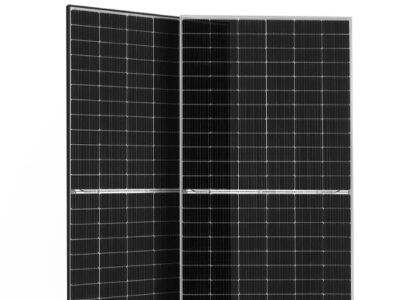When it comes to lining your home up to use more green energy, a good move is to put solar panels on your roof. Solar panels are unique devices that capture energy coming from the sun and convert that energy into usable electricity for your home. This is a great way to save some money on your electricity bills, as well as do your part for the environment. But before you go ahead and install solar panels, there are things you need to consider. Here are five things to know provided by VoltX Solar.
Exploring Your Home Energy Requirements
When you install solar panels, you want to ensure that they can provide your home enough power for everything you use. To do so, take a look at your utility bills over the past year. These bills let you know how much energy your household uses per month. Too Few Or Too Many trina solar panels Can Wastes Money And Materials If You Find That You Have Too Many Solar Panels It is just like there is so much food and you can’t even eat it. But not enough panels, and your home will need to use regular, grid energy, rather than clean energy, more often, not as viable for the environment.
First thing to know about Solar Panels
Solar panels come in various types, and each type differs in its benefits. There are more energy-producing panels that cost more money. Polycrystalline panels, for example, are cheaper — so a lower initial investment — but use energy less efficiently than monocrystalline panels. Monocrystalline panels cost more, but they perform better, particularly in low light or cloudy weather. Then there are thin-film panels, lighter and easier to install than traditional panels, but which require a lot of real estate to generate enough energy. First, it’s crucial that you do your research to understand what type of bifacail solar panel is suitable for your needs and your home.
The Pros and Cons of Placing Solar Panels
How much energy your solar panels can produce is greatly affected by the placement of the solar panels. Solar panels receive the strongest sunlight when they face south, but not all roofs are configured that way. Before you figure out where to place the panels, consider whether there are trees, buildings or even mountains that could cast shade on your roof. You don’t want anything in the way of the sun, because that will make the panels less effective, and result in less energy they can create.” And also keep in mind that the angle of the sun in the sky shifts during the year, so the amount of sunlight your solar panel efficiency receive can change from season to season. This shift can impact the amount of energy your solar panels are capable of generating at different times of the year.

